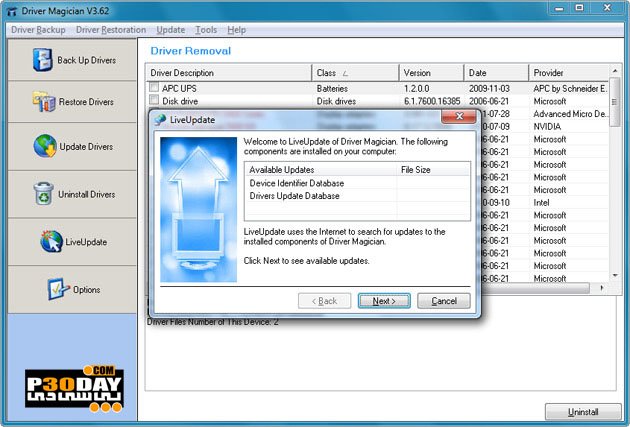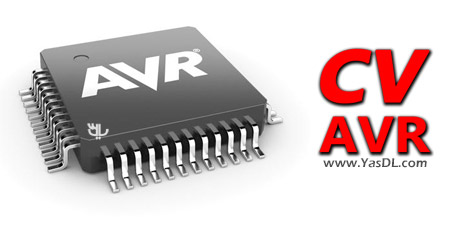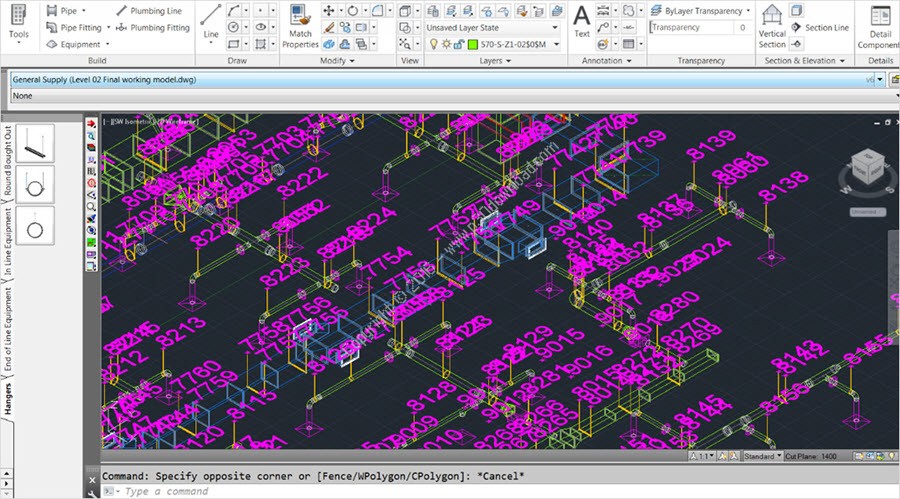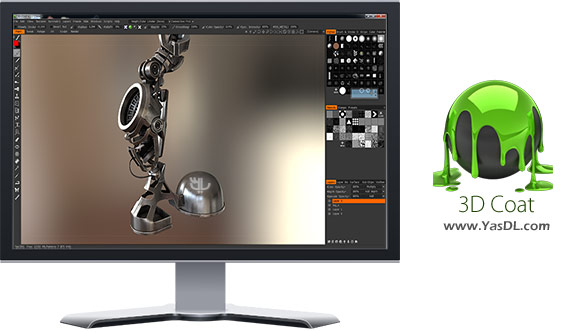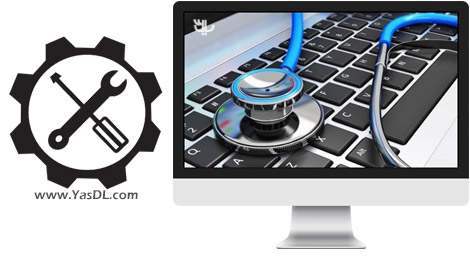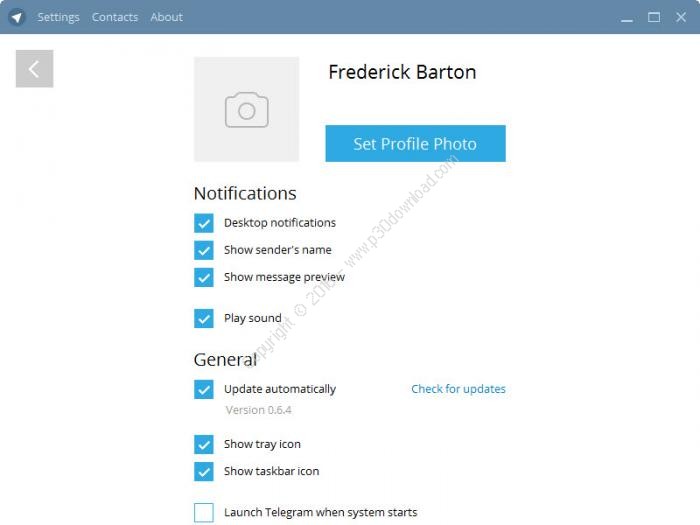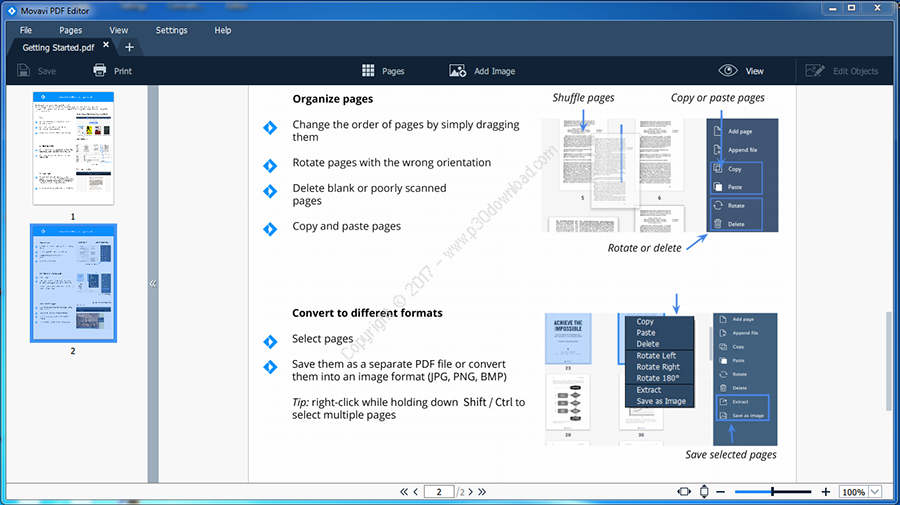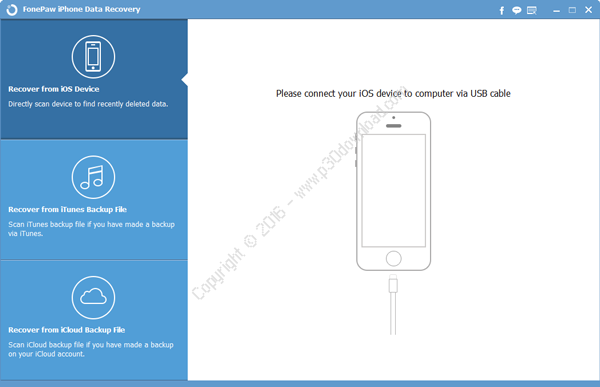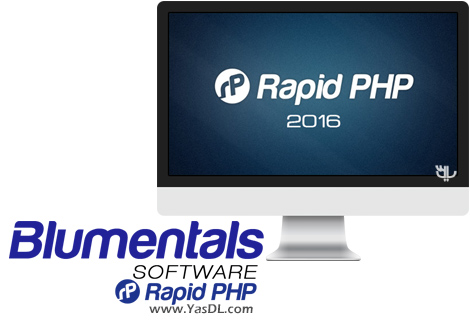Software Description:
TRNSYS (pronounced ‘tran-sis’) is an extremelyflexible graphically based software environment used to simulatethe behavior of transient systems. While the vast majority ofsimulations are focused on assessing the performance of thermal andelectrical energy systems, TRNSYS can equally well be used to modelother dynamic systems such as traffic flow, or biologicalprocesses.
TRNSYS is made up of two parts. The first is an engine (calledthe kernel) that reads and processes the input file, iterativelysolves the system, determines convergence, and plots systemvariables. The kernel also provides utilities that (among otherthings) determine thermophysical properties, invert matrices,perform linear regressions, and interpolate external data files.The second part of TRNSYS is an extensive library of components,each of which models the performance of one part of the system. Thestandard library includes approximately 150 models ranging frompumps to multizone buildings, wind turbines to electrolyzers,weather data processors to economics routines, and basic HVACequipment to cutting edge emerging technologies. Models areconstructed in such a way that users can modify existing componentsor write their own, extending the capabilities of theenvironment.
After 35 years of commercial availability, TRNSYS continues to be aflexible, component-based software package that accommodates theever-changing needs of both researchers and practitioners in theenergy simulation community.
Applications
TRNSYS has an extensive cross section of users worldwide that spansfrom researchers to consultants, engineers to building simulationexperts, and students to architects. Because of the wide user-base,the tool’s long history, and its inherent flexibility, it isactively being used in many of the following applications:
– Building Simulation (including LEED Energy Modeling)
– Solar Thermal Processes
– Ground Coupled Heat Transfer
– High Temperature Solar Applications
– Geothermal Heat Pump Systems
– Coupled Multizone Thermal/Airflow Modeling
– Optimization
– Energy System Research
– Emerging Technology Assessment
– Power Plants (Biomass, Cogeneration)
– Hydrogen Fuel Cell Systems
– Wind and Photovoltaic Systems
– Data and Simulation Calibration
Interface
The TRNSYS Simulation Studio serves as a robust, intuitive,graphical front end of the simulation, making the user’s job ofassembling a detailed system a simple endeavor – similar in natureto hooking up the pipes and wires in a real system. The outputs ofone component are graphically connected to the inputs of another.Since its inception of in the mid 1990’s, the Simulation Studio hasreplaced the need to manually edit the text input file.
Users can watch the value of ANY system variable on an online plotas the simulation progresses (any temperature, flow rate, heattransfer etc.). Output devices also allow the user greatflexibility in integrating, printing, and reporting any componentoutput value.
Suite of Tools
TRNSYS3D
With the release of version 17, TRNSYS included TRNSYS3D – a pluginfor Google SketchUp™ that allows the user to draw multizonebuildings and import the geometry (including building self-shadingand internal view factors for radiation exchange) directly from thepowerful SketchUp interface into the TRNSYS Building environment(TRNBuild).
TRNBuild
TRNBuild is an interface for creating and editing all of thenon-geometry information required by the TRNSYS Building Model.TRNBuild allows the user extensive flexibility in editing wall andlayer material properties, creating ventilation and infiltrationprofiles, adding gains, defining radiant ceilings and floors, andpositioning occupants for comfort calculations.
TRNEdit
Historically, the text-based TRNSYS input file was generatedmanually. The addition of the Simulation Studio in the mid-1990sgreatly reduced the need for manual editing. However, the TRNSYSenvironment still includes TRNEdit, a full-featured text editor forwriting and viewing TRNSYS input and output files and for runningparametric TRNSYS simulations. TRNEdit also serves as the editorfor manually generating stand-alone distributable TRNSYSsimulations called TRNSED applications.
TRNSED
TRNSED allows users to develop customized graphical interfaces forspecific applications and then distribute those applications tonon-TRNSYS users. These “web-page like” TRNSED applications allownon-TRNSYS users to change system parameters, run simulations, andprocess output without having to learn the intricacies of theentire TRNSYS Environment. To obtain some of the TRNSYS-basedTRNSED applications that TESS has developed, please visit the TESSProjects website.
Libraries
TRNSYS Standard Components
The standard TRNSYS library included with the purchase of theprogram includes many of the components commonly found in buildingenergy systems. It also includes routines to handle weather data,solar radiation processing, basic HVAC equipment, hydrogen fuelcells, solar thermal and electric technologies, thermal storage,coupling to other simulation tools, and simulation resultprocessing.
Programming Language
The TRNSYS engine, the standard component library and most of thepublicly available non-standard component libraries are written inFortran and are compiled into a dynamic link library for theWindows operating system. Users wishing to write their owncomponents may write them in Fortran, C, C++, or any other languageprovided that they have a compiler capable of creating a DLL.Purchase of the TRNSYS Environment includes the source code for theentire kernel and all standard components save the multizonebuilding model. Alternatively, components can be written in theTRNSYS “W” language in the TRNSYS Simulation Studio which does notrequire a compiler.
Installer Size: 417.73 MB
Download Links > TRNSYS v16.00.0037 + Crack
